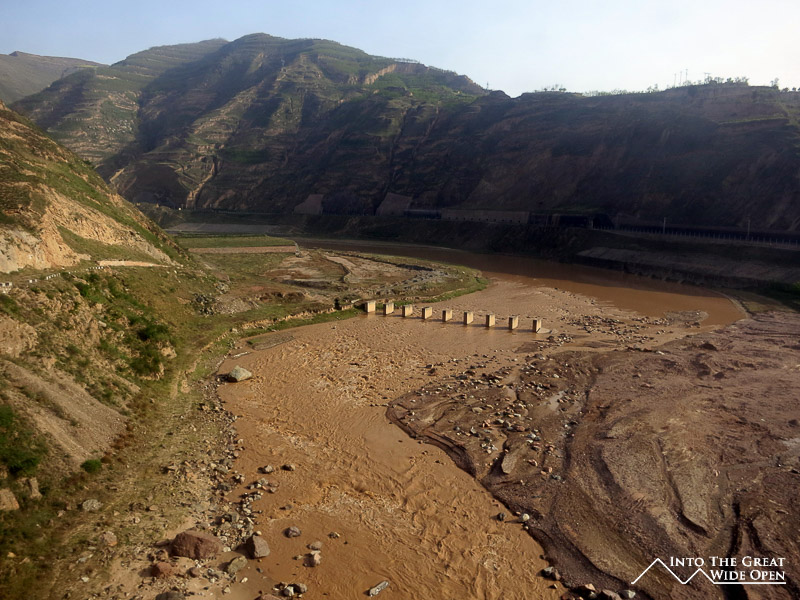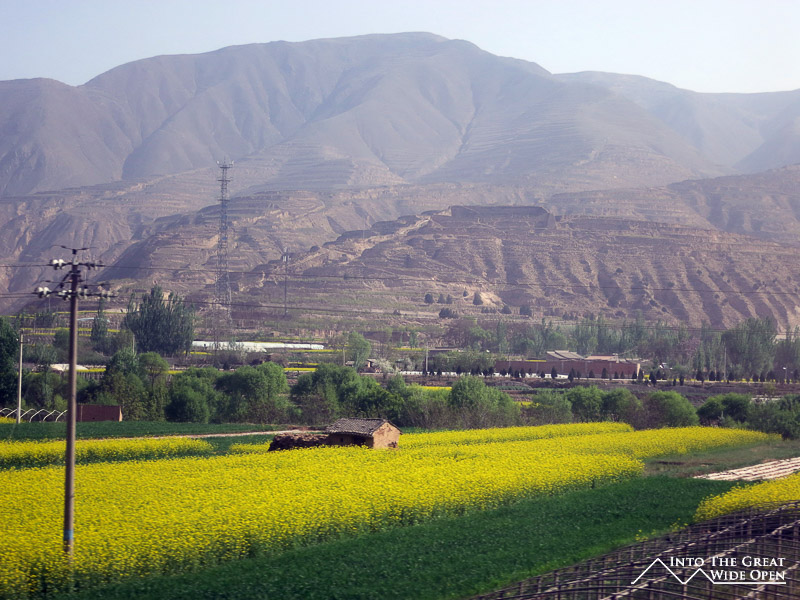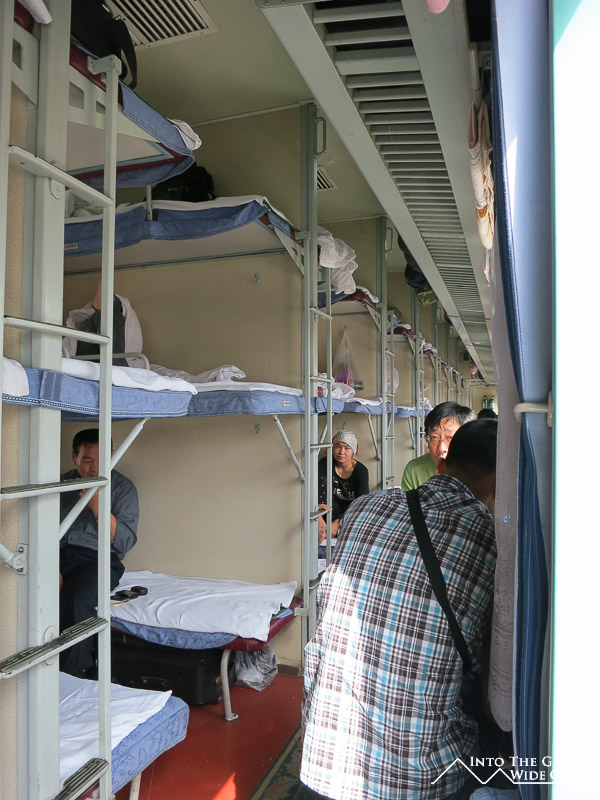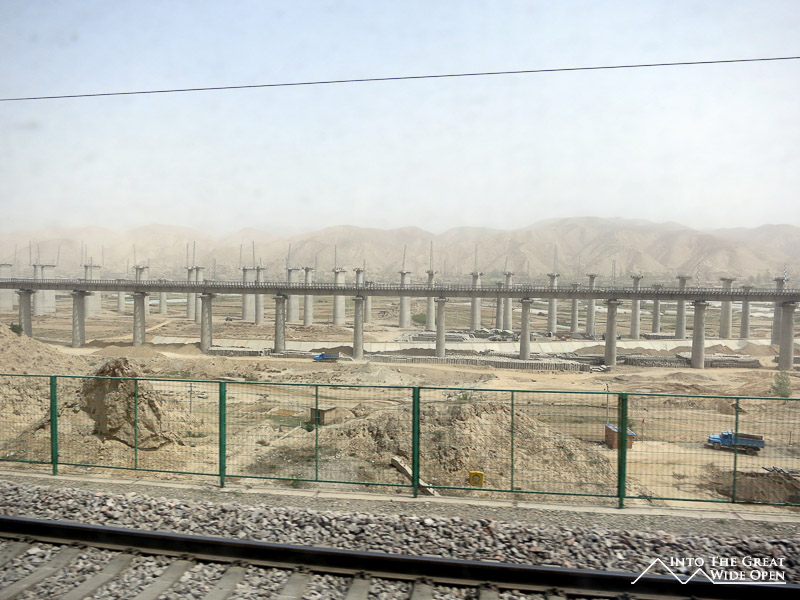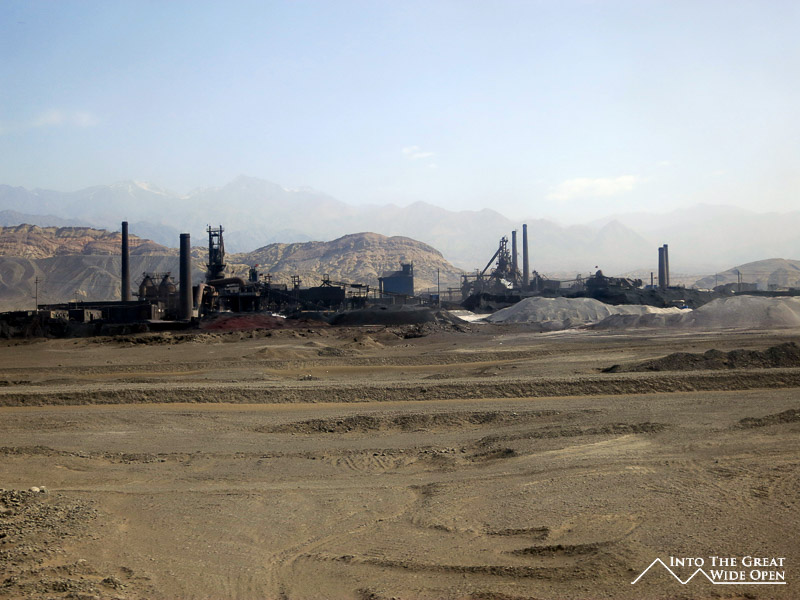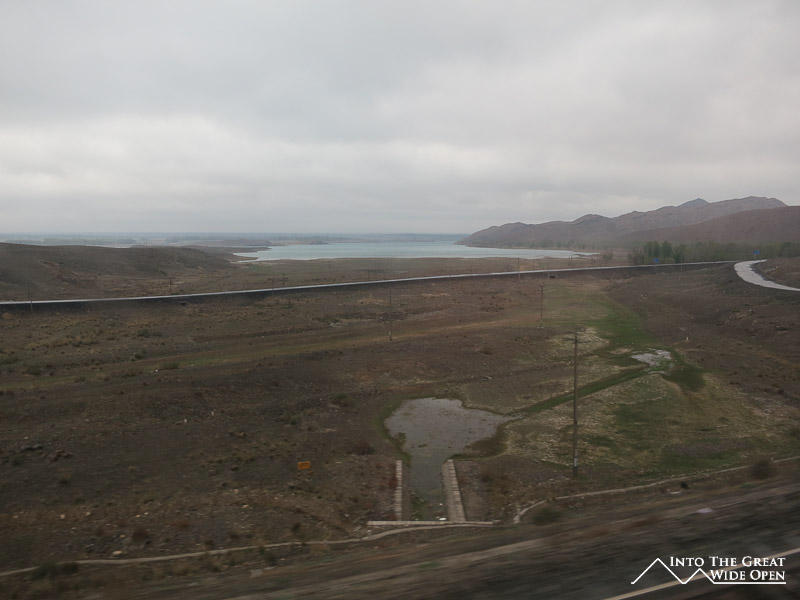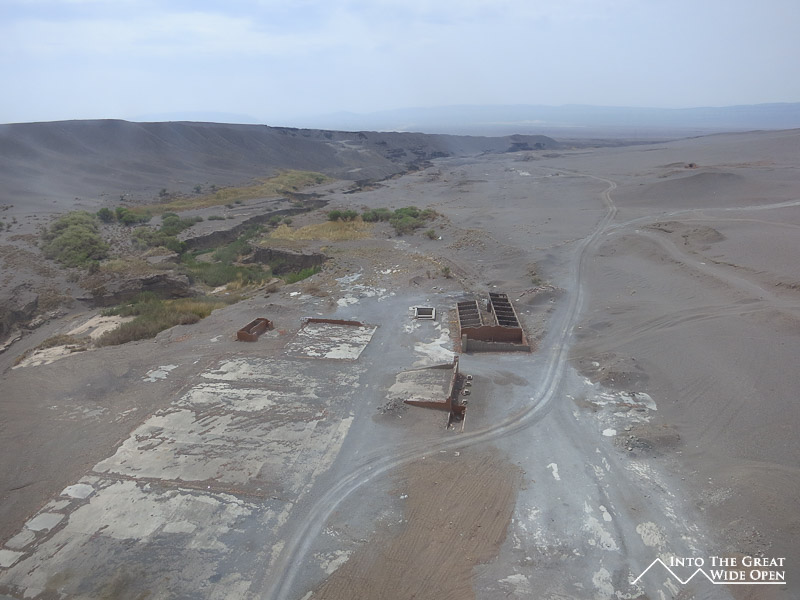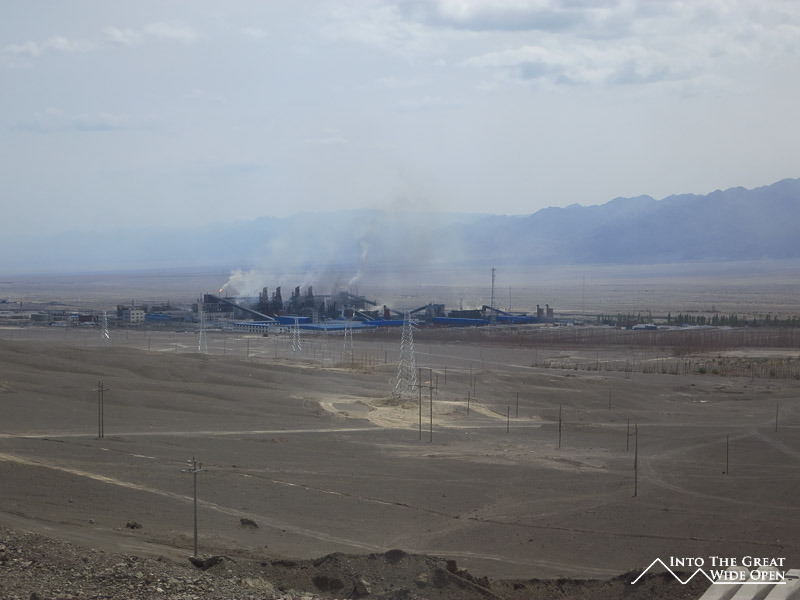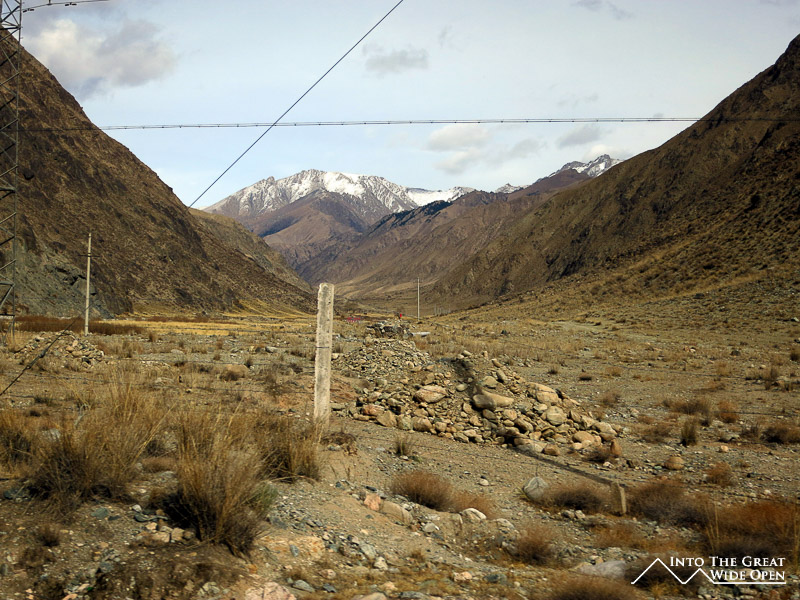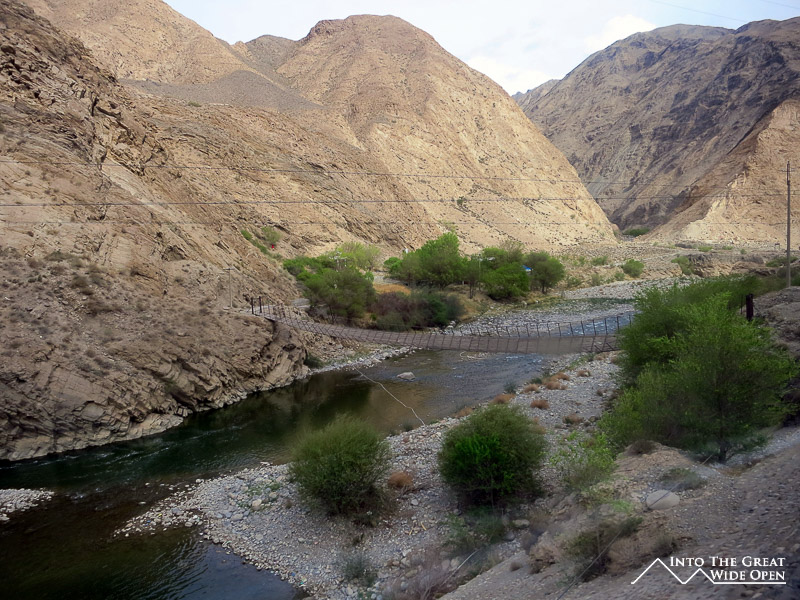Aksu, China
Riding the Red Dragon
May 1, 2012
Runaway train never going back
Wrong way on a one way track
Seems like I should be getting somewhere
Somehow I'm neither here nor there
- Soul Asylum

You might think that 3000 miles is a long way to travel in less than 2 weeks, and you would be right, it is. Traveling from Shanghai to Kashgar gives you a sense of the vastness of China, and that even excludes the entire southern section of China. With such long distances to cover most people would opt to fly but flying separates you from the landscape and the people. Inside of a plane at 35,000 feet in the air there isn’t much to see or experience. Fortunately, China has a well-developed railway system that connects most of the major cities. While it may not be a high-speed rail network like Japan’s it is at least a serviceable and relatively cheap means of traveling the vast distances that China presents you with.

The trains are a very popular means of transport and as such the choice tickets are booked up fast. You would think that with so many people traveling by train there would be a streamlined means of buying tickets. You would be wrong. Tickets can be bought at the train stations by standing in what are usually long lines with no English signs or timetables available. I experienced the worst of this when I unknowingly attempted to buy tickets the day before the 3 day Chinese Labor Day holiday. I was confronted with an entire ticket hall packed with people waiting in line to buy tickets. There were dozens of lines, each dozens of people long. Other than the stations, advance tickets are sold at a few select offices scattered around the cities. There doesn’t appear to be any type of online ticketing or print-at-home tickets. Unless there is some amount of English spoken by the ticket agent it can be very difficult to get the ticket that you want, and you don’t want to get stuck with the worst tickets for such long train rides.

The longer distance train routes offer ordinary seats, hard sleeper cars, and soft sleeper cabins. The ordinary seats, I imagine, are absolute misery where you are wedged between hordes of Chinese families and all their possessions. The hard sleeper, my choice for long distance travel features bays of bunks with beds stacked three high and an open corridor to one side. The soft sleeper has four beds in a closed compartment. The hard sleeper wasn’t so bad because you have a chance to lie down and sleep at night and if you are on the middle or top your bed is your own space. If you are on the bottom your bed is more or less a common space for the daylight hours and anyone is welcome to use it.
Throughout the day as you sit and watch the countryside roll by, train vendors wheels carts through the cars selling all sorts of drinks, snacks, and even full meals at the appropriate time. The food is nothing great but at least there’s an option. The better option, if you’re lucky will be hopping off the train during stops and finding some fresh food from a vendor’s cart. During one of my stops in Lanzhou a vendor was selling whole, half, and quarter roasted chickens along with a bread that was a cross between a crumpet and pita bread.
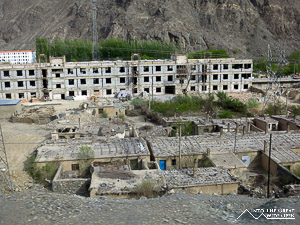
Aside from daily life amidst ordinary Chinese the most interesting part of train travel is being able to watch the countryside slowly pass by. From Shanghai to Xi’an the weather was mostly gray and overcast and there wasn’t much to see other than some rolling hills. On the long stretch from Xi’an to Urumqi the train crossed through valleys with rivers of brown muddy water flowing along and under the tracks. The sides of many of the hills are terraced, showing signs of many years of agriculture and civilization.
Breaking up the countryside were cities, big and small, but none looked too interesting. The worst of the worst seemed to be Lanzhou. The city was filled with polluting factories and the air was thick and murky with pollution. It wasn’t surprising to find that it has some of the worst air quality of all the cities in China, even worse than Beijing, and is one of the 30 most polluted cities in the world. In fact as you travel across the country you tend to see huge factories in the middle of nowhere emanating pollutants that, due to global weather patterns, drift eastward in the air. These factories mar the beauty of the countryside and make you wonder how they were constructed in such complete isolation. In some cases it seems that small towns or cities have sprung up around these factories and are surely miserable places to live.
Besides the factories, you don’t have to look far for signs of growth. All along the train tracks there is evidence of construction of buildings and roads, either past, present, or future. In many places it is hard to understand why construction is persisting and surely some of it will never be completed.
As you travel further west in China the landscape transforms slowly into an arid desert. On the route from Urumqi to Kashgar the train travels through some splendidly isolated country with tall snowcapped mountains rising above the desert plains and valleys. At the end of all this isolation lies Kashgar, the last city in China’s western frontier of Xinjiang province.
